The Jilin Northeast Tigers' Relegation Chronicle: A Tale of Financial Struggles and the Path to Revival
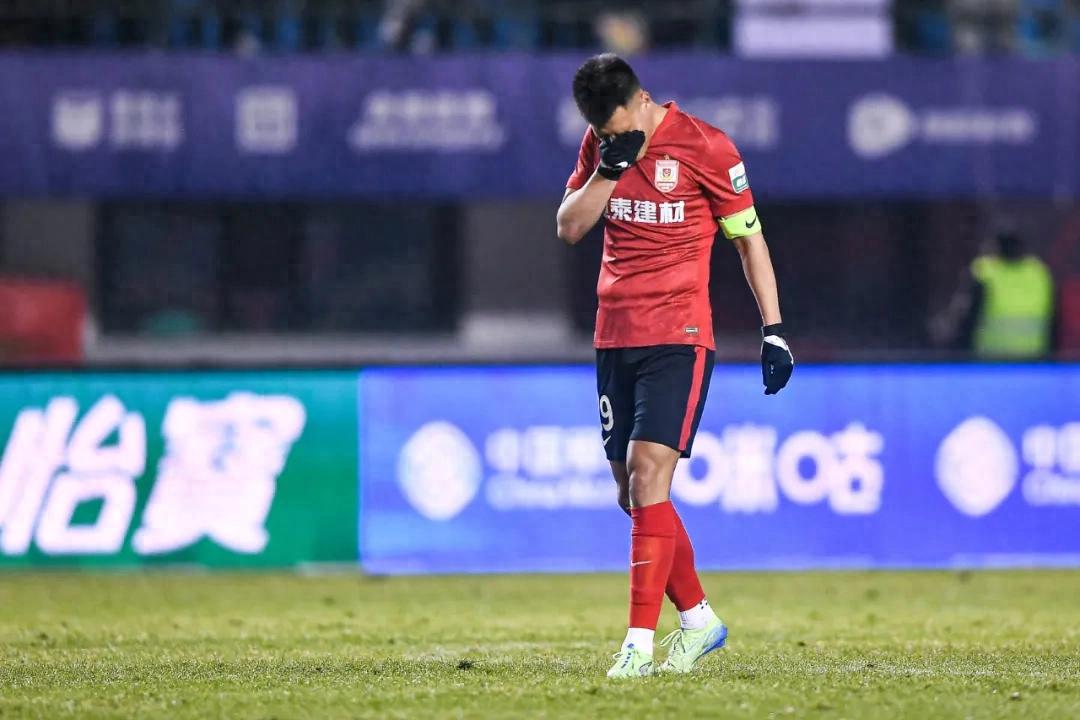
Special Contributor/Liu Zhun Having money doesn't guarantee running a club well, but lacking money certainly dooms it—this survival rule in Chinese professional football was brutally confirmed during Changchun Yatai's 2025 season campaign.
Reviewing the first 29 rounds of the league, Changchun Yatai should not have fallen into the relegation abyss—narrow losses in stoppage time against Shanghai Shenhua in the opening away match, draws conceded late against Yunnan Yukun and Tianjin Jinmen Tiger away, and a home draw surrendered to Zhejiang all cost the team dearly. Avoiding these stoppage-time goals would have earned Yatai 7 more points, comfortably surpassing the safety threshold. Yet professional football offers no second chances and no “what ifs.” Throughout the 2025 season, Yatai never fielded a full squad; only once did five foreign players appear simultaneously. Behind this depleted lineup lay the harsh reality of a broken financial chain, forcing the club to lament that ultimately, the depth of capital determines competitive outcomes.
On November 22, the final matchday of the 2025 Chinese Super League will be played, but Changchun Yatai sealed one relegation spot three weeks in advance. For this veteran northeastern team, the three-week league “vacuum” period means enduring the bitterness of their second relegation in club history, facing intense external scrutiny and analysis, while speculation about the club’s future quietly spreads among the public.
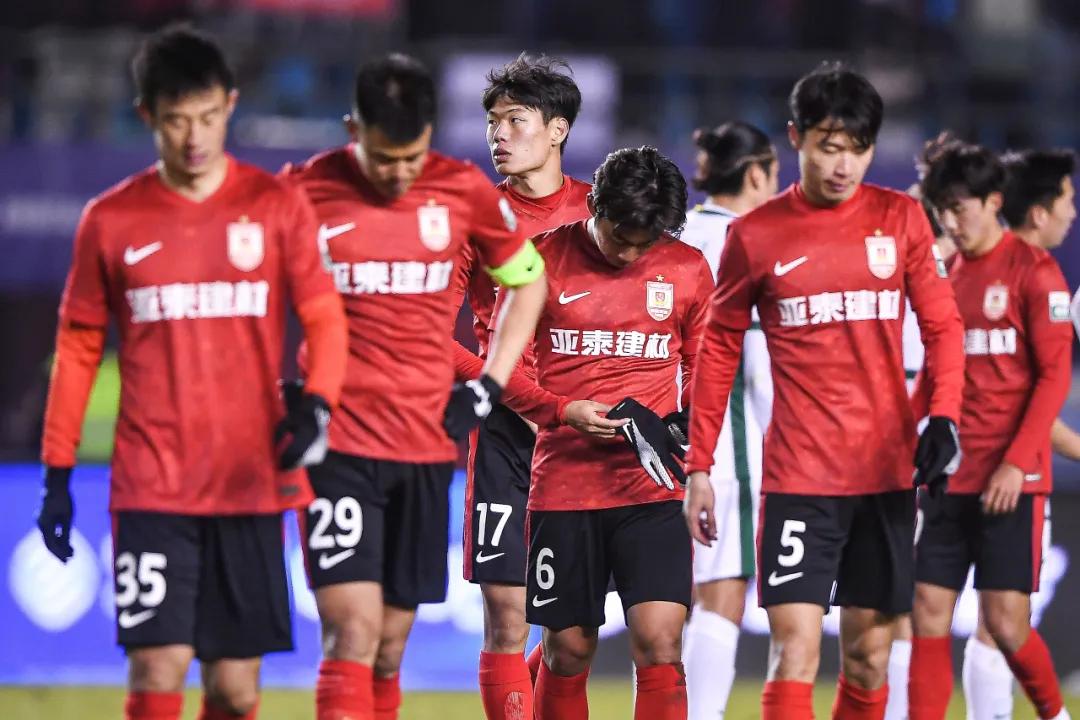

From the iron-willed battles against Shanghai’s two giants at the season’s start, through mid-season coaching changes and turmoil, to heartbreaking stoppage-time goals repeatedly sealing their fate near the end, Changchun Yatai’s relegation trajectory intertwined multiple complex factors. Beneath the surface of results lay financial collapse, loss of core players, injury setbacks, and bad luck—all contributing to their tragic second relegation.
A Vicious Cycle of Living Beyond Means
Financial Collapse Leads to Relegation to China League One
In the professionalization of Chinese football spanning nearly three decades, only a few clubs remain: Beijing Guoan, Shandong Taishan, Shanghai Shenhua, Qingdao Hainiu, and Henan. Among them, only Changchun Yatai has maintained consistent ownership, club name, and home city for 29 years. However, this steadfastness was broken in the 29th round of the 2025 CSL season—a 0-4 home loss to Beijing Guoan condemned this historic northeastern club to its second relegation to China League One, casting a poignant footnote on their first promotion two decades ago.
Changchun Yatai’s relegation stems from financial distress over recent years. Against the backdrop of slowing economic growth, the club began living beyond its means, using next year’s operating funds to cover previous debts. On the eve of the 2025 season’s league entry, this approach failed completely—some players refused to sign wage arrears waivers, causing Yatai to miss the first entry list for the first time. Forced to borrow again from 2025 funds to pay 2024 wages, they barely made the second entry list. This desperate measure came at a heavy price: in 2025, Yatai’s financial chain broke entirely, relying solely on temporary government bailouts to keep running.

In fact, the financial crisis triggered a chain reaction at the start of the 2025 CSL season: seven key players—including Zou Yi, Serginho, Wang Jinxian, Liao Chengjian, Cui Qi, and Zhang Yufeng—left either due to contract expiry or seeking better opportunities. The club could only recruit fringe players from other CSL teams to fill the roster. These new signings lacked strength, causing a sharp decline in team competitiveness and long-term stagnation at the bottom of the table. In June, the Jilin provincial government responded with a 40 million yuan special fund to support the club. Although this relieved immediate pressure, it came too late to save the club—had the funding arrived at the season’s start, core players might have stayed and the team’s strength would not have dropped so rapidly.
The financial shortcomings again foreshadowed Yatai’s downward spiral during the secondary transfer window. Although new coach Suarez is known as a “survival expert” for weaker teams, some target players declined invitations after learning about Yatai’s financial troubles and relegation risk. Unexpectedly, Chen Pu, who was supposed to join alongside Peng Xinli, failed to transfer due to a coaching change at Shandong Taishan, limiting the club’s reinforcement plans.
As new signings, Camilo, Peng Xinli, and Aifield worked hard but were not the soul-saving players Yatai needed. In the relegation battle, Yatai was forced to fight “barehanded,” while their rivals boosted motivation with increased winning bonuses. In round 28, Yatai conceded a stoppage-time equalizer to Tianjin Jinmen Tiger away, delivering a heavy morale blow.
In contrast, Qingdao Hainiu overturned Beijing Guoan 4-2 away to snatch crucial 3 points and hold the initiative in the relegation fight. Investor Qiao Weiguang excitedly doubled the winning bonus from 2 million to 4 million yuan. Previously, their bonuses had risen from 1 million at the season’s start to 2 million, then to 4 million with worsening relegation pressure. With one side’s morale soaring and Yatai still struggling with salary issues, the difference on the pitch was clear.

The Stoppage-Time Nightmare Throughout the Season
Bad Luck Reveals the Pain of Weakness
Some say Yatai’s 2025 season was unlucky, but “luck” is always a subtle reflection of strength. If Yatai had sufficient stamina reserves and strength matching CSL intensity, they wouldn’t have collapsed after 70 minutes or repeatedly conceded late crucial goals.
Before the relegation-deciding home match against Beijing Guoan, Suarez admitted: “This season, we have conceded late goals and dropped points we should have earned, but in the match against Qingdao Hainiu, we also scored twice in the last moments to draw. Many goals were conceded during extended stoppage time and when down to ten men. We will fight until the last minute and keep our survival hopes alive until the very end.”
Unfortunately, the 0-4 home thrashing ended Yatai’s CSL journey a round early. The “stoppage-time nightmare” was not unique to Suarez. In the opening round, then-coach Xie Hui tasted similar misfortune. On February 22, Yatai lost 1-2 away to Shanghai Shenhua in a match that foreshadowed their entire season—coming back from behind to equalize within 90 minutes, never giving up. If Beric’s goal had come slightly later (disallowed for offside), they might have turned the game around.

However, controversial stoppage time was decisive: referee Li Haixin added 6 minutes, exhausting Yatai’s stamina. Xie Hui’s protests earned a yellow card. In the 3rd minute of stoppage, Jiang Shenglong’s foul on goalkeeper Wu Yake was punished only with a yellow, allowing him to score the winning goal in the 7th minute. This “extra stoppage added to stoppage” became Yatai’s 2025 season fate.
After the match, Xie Hui said surviving Shenhua’s home ground was tough; Yatai gave opponents few chances, and every player fought hard. Luck wasn’t on their side in the final moments, but the team deserved that point. This frustration repeated in key matches: a 1-1 away draw with Yunnan Yukun conceded at 90+8 minutes, a 3-3 home draw with Zhejiang conceded at 90+8, and a 2-2 away draw with Tianjin Jinmen Tiger conceded at 90+9—defensive collapses in the dying minutes repeatedly cost wins.
Statistics show Yatai conceded in stoppage time in 7 matches during 2025, with 4 directly deciding their relegation fate. Had they held on in those four, Yatai would have gained 7 extra points, enough to secure safety early. But football has no “ifs.” Frequent stoppage-time concessions exposed their lack of stamina, defensive resilience, and squad depth.
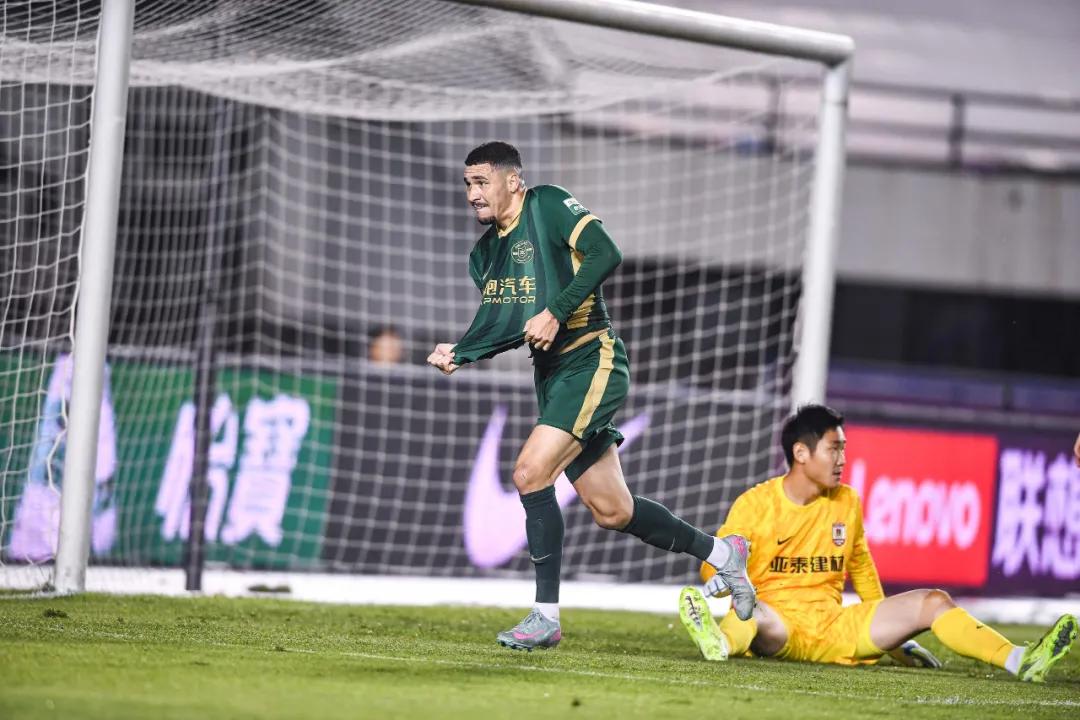
Team Plagued by Injuries
Tactical Mismatch Leads to Collapse
In 2025, Yatai suffered heavy injury problems. Early in the season, key foreign player Ciprian suffered a serious injury in round 3, marking a turning point for performance decline. Subsequently, injuries piled up: Beric fractured his right calf against Beijing Guoan, missing half a season; goalkeeper Wu Yake injured his knee in a home match against Meizhou Hakka, sidelined for 10 rounds; in the critical relegation battle, Rosic strained his thigh, worsening the situation. Although Yatai had five foreign players, only once did all appear together, leaving a broken attacking and defensive system that severely weakened competitiveness.
The weakened fighting power directly turned the closing moments into a nightmare. Conceding in stoppage time might seem unlucky, but fundamentally it reflects fatigue and lapses in defensive focus. With limited squad depth, key players were overworked, and declining stamina late in matches led to defensive gaps exploited by opponents.
Tactical issues also contributed significantly to Yatai’s poor results. At season start, Xie Hui’s “German-style high pressing” emphasized quick counter-pressing and transition. However, the aging core and overlapping foreign positions couldn’t meet the demands of this high-intensity style, causing poor execution. In Xie’s first 11 rounds, Yatai managed only 1 win, 2 draws, and 8 losses, bottom of the table, making his dismissal inevitable.
After Xie’s departure, Yan Feng briefly took over before Suarez assumed control. Suarez favored a defensive counterattack style, sharply contrasting Xie’s attacking pressure. These two vastly different tactical systems required immediate player adaptation and role changes. While Suarez strengthened defense, attacking threat diminished.


Changchun Yatai’s relegation, though harsh and chilling, intertwines financial collapse, player exodus, injuries, and unfortunate fate in a tragic narrative. On the surface, their defeat looks like a points battle on the table; deeper analysis reveals a harsh reflection of Chinese professional football’s ecosystem—how can a club struggling in a financial quagmire compete fairly with well-funded rivals? Yatai’s relegation is a somber sports chapter: if winning or surviving could be done without real investment, what fairness remains for heavily funded clubs?
Reflections on Fairness
The Logic of Investment and Return in Professional Football
In the CSL competitive system, financial input directly shapes squad depth and training quality, core competitive factors. When Yatai’s “low-cost operation” faced rivals’ “real money” approach, their early-season disadvantage was obvious.
Yatai’s relegation essentially reflects professional football’s development laws. When a club cannot pay players on time and its winter training and recruitment fall below league standards, relying on motivation and player performance alone to survive is not only difficult but unfair to fully funded clubs. Yatai’s limited 2025 investment was clearly insufficient against competitors’ full backing.
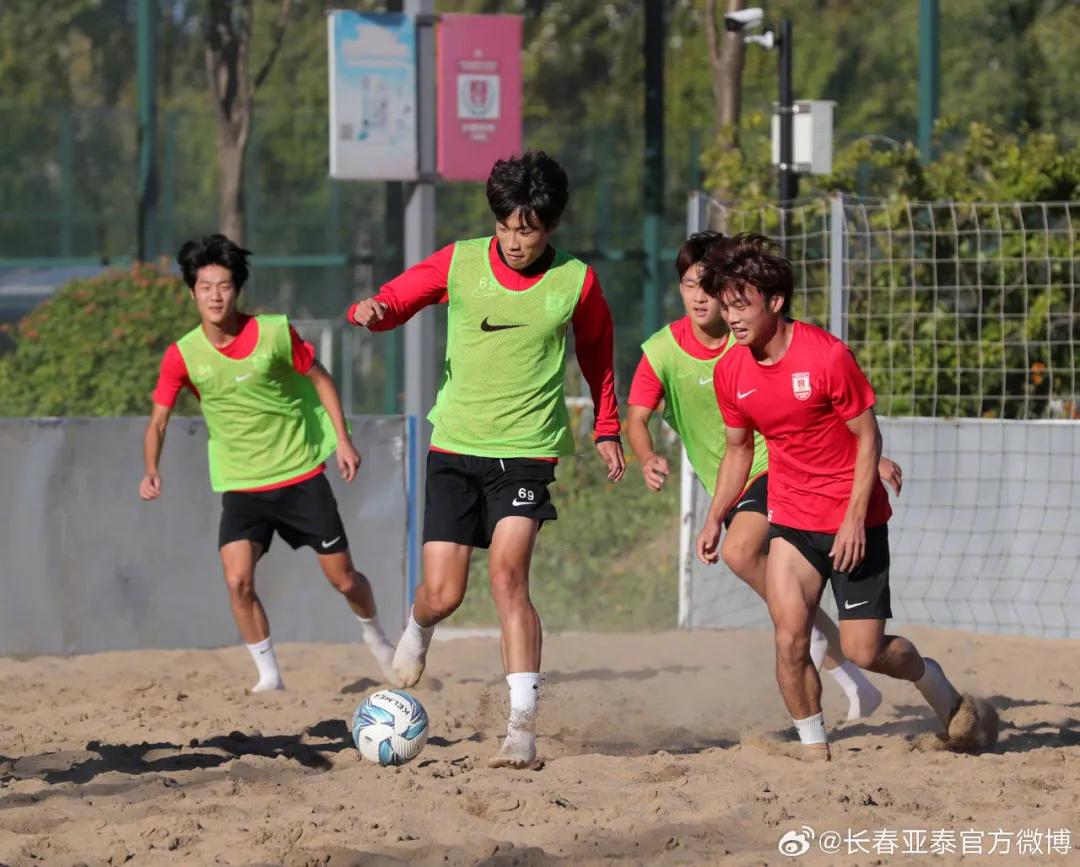
Yet Yatai’s future is not bleak. For years, their youth academy has been the foundation. From the 1981-82 born ’96 generation to players like Sun Jie and Wu Yake born 1991-92, then to He Chao and Zhou Dadi born 1995-96, Yatai’s sustained youth investment supports their future.
In 2025 under Suarez, young players born 2005-06 such as He Yiran, Xuan Zhijian, An Zhicheng, and Wu Zhicheng have begun showing potential on the field. Relegation to League One might be a strategic opportunity for Yatai—to stabilize funding, improve youth training, and let young players gain experience in a more suitable environment, gradually strengthening the team overall. This may be the necessary path for Yatai’s revival.
From a former CSL powerhouse to relegation and adjustment, Yatai’s 2025 ups and downs sound a profound alarm for Chinese professional football club operations: there are no shortcuts in pro football, and to survive well requires solid efforts in management, funding, and respect for sports and football’s objective laws.

Thoughts on Heritage
Repeated Mistakes Due to Broken Experience Transmission
Yatai’s 2025 relegation, while rooted in financial shortage, also stems from broken transmission of team development experience—a problem quietly seeded during Chen Yang’s four and a half seasons as coach. In 2025, Yatai repeatedly made the same mistakes in key matches; long-accumulated lessons were not effectively absorbed by the current coaching staff. Old problems like failing to win with an 11 vs. 9 advantage and conceding in stoppage time became the final straw crushing their survival hopes.
In 2022, Yatai drew 0-0 away to Shanghai Shenhua despite the referee Ma Ning sending off two Shenhua players, giving Yatai an 11 vs. 9 advantage. Then-coach Chen Yang’s decision to substitute a forward and strengthen defense sparked football debate. Fast forward to 2025, history shockingly repeated itself: in a home match against Zhejiang, Liang Nuohang and Li Tixiang were both red-carded by Ma Ning, again giving Yatai an 11 vs. 9 edge. Leading 3-2 at the time, Yatai fell into the same conservative trap and was equalized in stoppage time, losing crucial 3 points.
Similarly, against Tianjin Jinmen Tiger, Yatai suffered twice at the feet of the same player. In 2022, Yatai led by two goals at home but was overturned 2-3, with Xie Weijun’s 90+5 minute winner haunting Yatai. In 2025, the teams met again, and Yatai once more failed to hold a two-goal lead, conceding Xie Weijun’s equalizer at 90+9 minutes, missing victory again.
Yatai’s frequent repeated errors in key matches root in continuous player turnover over recent seasons. The tactical system could not stabilize, and player chemistry failed to develop. By 2025, with seven core players like Serginho, Zou Yi, and Wang Jinxian gone, few players remained to carry experience through the four key matches, leaving tactical memory and competitive wisdom nearly broken.


As Yatai promotes, their ownership remains unchanged. The club historically appeared financially stable. In 2017, during the era of big-spending football, Yatai made a splash signing Nigerian international Ighalo from Watford. But in recent years, Yatai has felt the capital winter, struggling to survive by living beyond means—a strategy that inevitably reaches a breaking point. For 2025 CSL entry, Yatai pre-spent 2025 operating funds to cover 2024 arrears and passed entry. Will they repeat this in 2026?
Return to the CSL
Aiming to Bounce Back Within One or Two Years
Despite the heavy blow of relegation in 2025, Yatai’s future is not bleak. Their confidence comes from youth talents like Xuan Zhijian, He Yiran, An Zhicheng, Wu Zhicheng, and Jing Boxi, all around 20 years old, who have gained some CSL experience under Suarez. Moreover, the Yatai U21-based Taizhou team won the inaugural Suzhou Super League championship, proving the youth squad’s strength and club’s confidence from another angle.
Given time and combined with current first-team experienced foreign and domestic players, Yatai can gain solid experience in League One for a year and be fully competitive to return to the CSL. Achieving this requires coordinating government and other departments to properly resolve funding issues and solidify financial foundations—the club’s primary challenge.
In 2026, this veteran northeastern club will celebrate its 30th anniversary and embark on a rebuilding path filled with hope and experience. Centered on young players like Xuan Zhijian, combined with seasoned veterans, Yatai will stabilize in League One, using the league as a training ground to speed young players’ growth, refine tactics, and build team resilience. Their short-term goal is to improve performance, earn confidence and points match by match, while the long-term goal is to return to the CSL within one or two years.

Key City
Changchun Cannot Be Without a CSL or League One Club
With Yatai’s second relegation to League One confirmed, fans’ sadness is turning into worry about the club’s survival. The club has clearly stated via official media that relegation is not the end; football development naturally has ups and downs. Temporarily leaving the CSL, they will rebuild strength and patiently await resurgence. The club plans to strictly control operating costs, strengthen youth training, optimize internal management, and deepen football culture to strive for a return to the CSL within one or two years, honoring the city and fans’ expectations.
Currently, the key to resolving Yatai’s dilemma is funding. Without meeting post-relegation entry financial requirements, this 29-year-old historic club may exit Chinese football, becoming the fifth former CSL champion club to disappear after Shenzhen Jianlibao, Dalian Shide, Guangzhou Evergrande, and Jiangsu Suning. As one of the “14th Five-Year Plan” first batch national football development key cities, and among the few clubs maintaining a neutral name, Yatai’s existence is profoundly significant. The first batch of nine cities (Shanghai, Chengdu, Wuhan, Shenzhen, Guangzhou, Changchun, Chongqing, Dalian, Qingdao) and the second batch of six cities (Beijing, Yanbian, Suzhou, Hangzhou, Meizhou, Xi’an) all require at least one CSL or League One club. If Yatai dissolves, Changchun will be the only key city without a top-tier or second-tier club, seriously conflicting with its football development positioning.
Looking back over more than 30 years of Chinese football professionalism, league development has always closely tied to economic growth. During rapid growth, clubs like Guangzhou Evergrande, Guangzhou R&F, Jiangsu Suning, and Hebei China Fortune thrived, fueling a golden era of big-money football. When growth slowed, professional football entered a cold period, with clubs seeking survival through shareholding reforms and government support becoming vital. Successful reforms in Zhejiang and Henan, government-led fundraising for Beijing Guoan, and Tianjin Sports Bureau’s management of Jinmen Tiger provide paths of reference for Yatai.
Professional leagues are essentially resource battles. Yatai’s relegation warns that fair competition must rest on financial health; otherwise, league ecology becomes unbalanced. With a vision of becoming a “century-old club,” Yatai views relegation as a short-term pain but a chance for rebirth. The lower-pressure League One environment allows youth players to gain experience, while the club can optimize finances and avoid the vicious cycle of living beyond means.
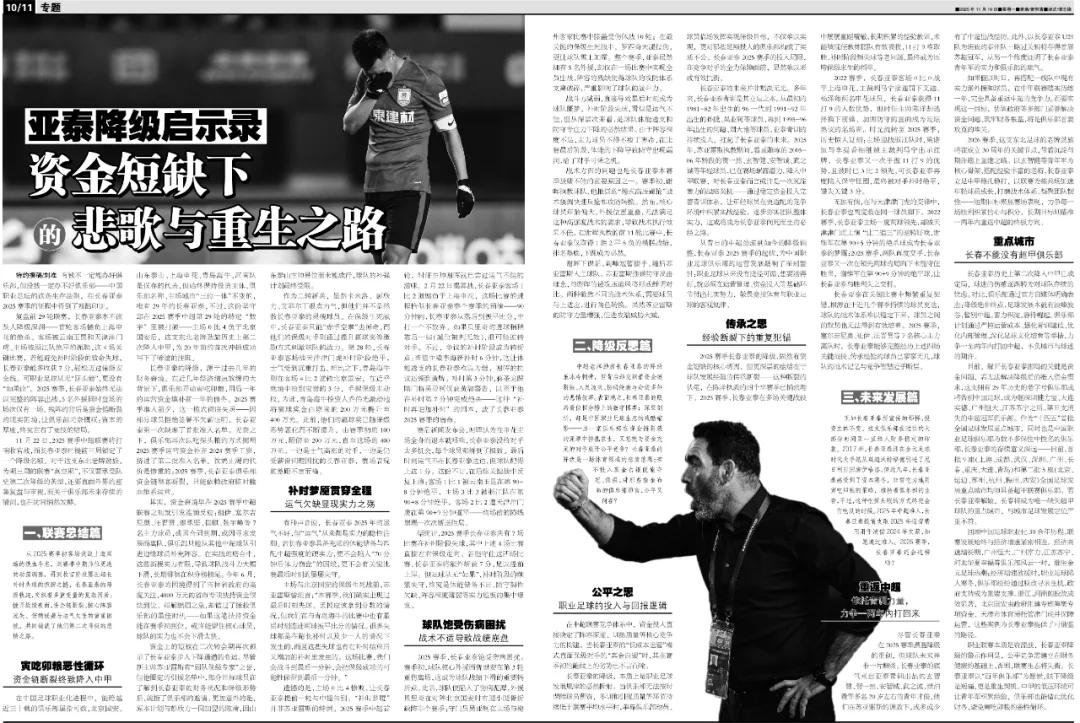


Wonderfulshortvideo
Incredible in qualifying for Belgium 🇧🇪⭐️


User PlaymakerHub has posted a video.


messi camp nou messi visiting camp nou messi spotify camp nou messi ig post messi instagram post


CSKA Sofia Fans during derby against Levski 🤍❤️


FC Sion Fans away during match against Lausanne Sport ❤️🤍


Levski Sofia Fans at home during derby against CSKA 🤍💙








 Links
Links
 Contact
Contact
 App
App


